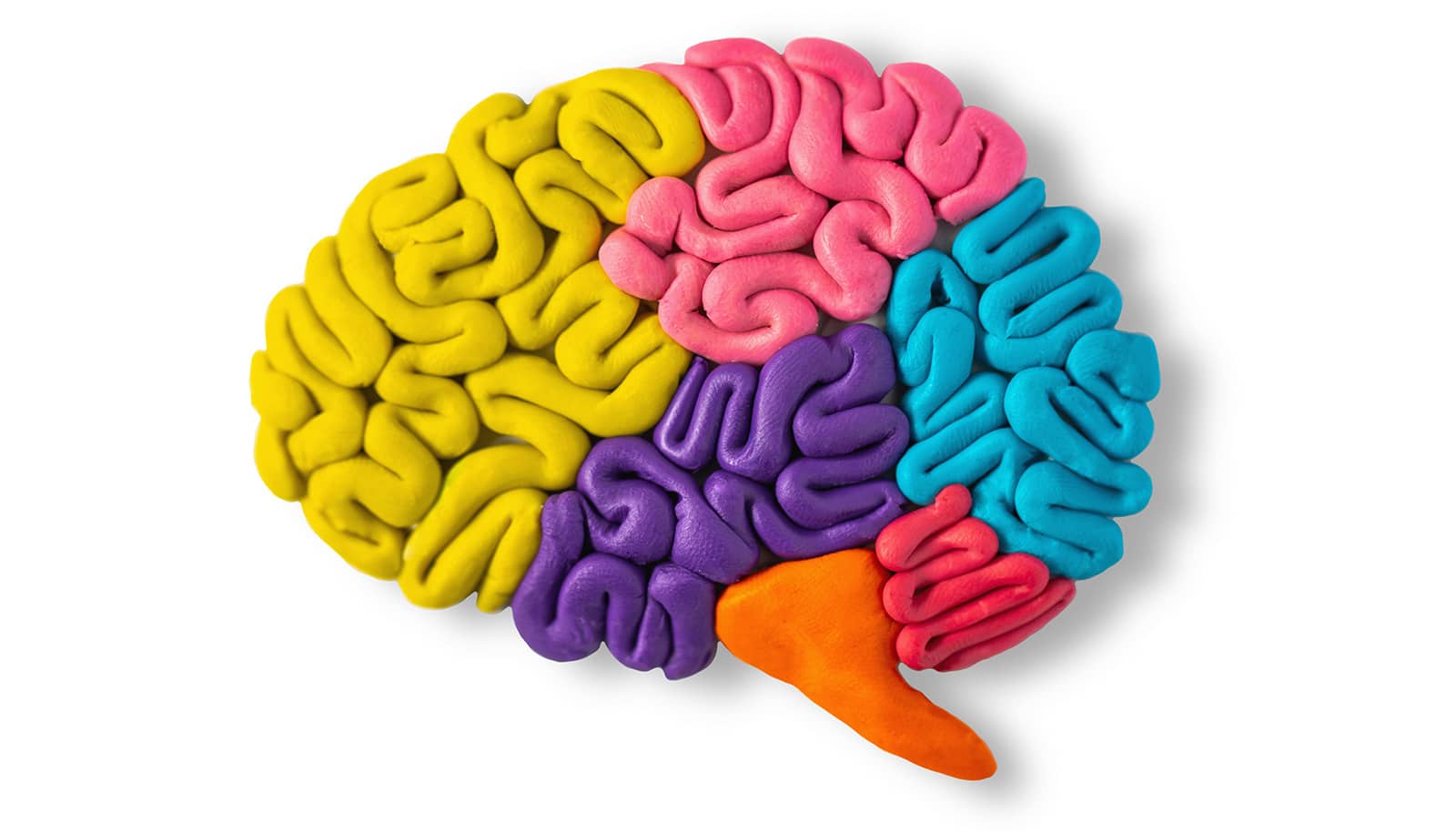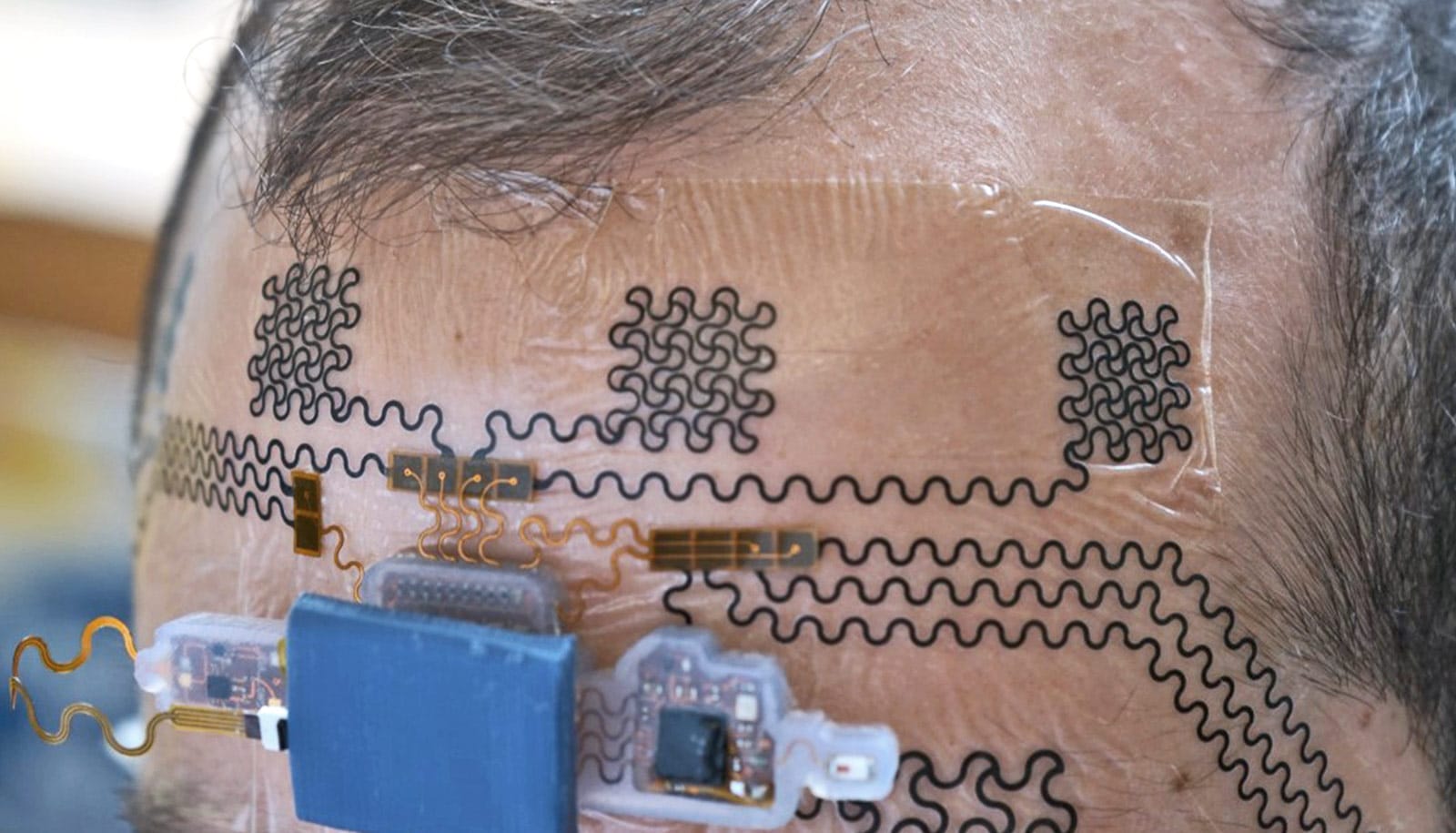The skin cells of four adults with schizophrenia provide an unprecedented “window” into how the disease began before they were born.
Scientists call the findings the first proof of concept for the hypothesis that a common genomic pathway lies at the root of schizophrenia—and say the work is a step toward the design of treatments that could be administered to pregnant mothers at high risk for bearing a child with schizophrenia, potentially preventing the disease before it begins.
“We show for the first time that there is, indeed, a common, dysregulated gene pathway at work here.”
“In the last 10 years, genetic investigations into schizophrenia have been plagued by an ever-increasing number of mutations found in patients with the disease,” says Michal K. Stachowiak, professor of pathology and anatomical sciences at the University at Buffalo. “We show for the first time that there is, indeed, a common, dysregulated gene pathway at work here.”
The authors gained insight into the early brain pathology of schizophrenia by using skin cells from four adults with schizophrenia and four adults without the disease. The cells were reprogrammed back into induced pluripotent stem cells and then into neuronal progenitor cells.
“By studying induced pluripotent stem cells developed from different patients, we recreated the process that takes place during early brain development in utero, thus obtaining an unprecedented view of how this disease develops,” said Stachowiak. “This work gives us an unprecedented insight into those processes.”
Brain scans suggest schizophrenia is not one disease
Stachowiak says the research, published in Schizophrenia Research, is a proof of concept for a hypothesis he and colleagues published in 2013 that proposed that a single genomic pathway, called the Integrative Nuclear FGFR 1 Signaling (INFS), is a central intersection point for multiple pathways involving more than 100 genes believed to be involved in schizophrenia.
“This research shows that there is a common dysregulated gene program that may be impacting more than 1,000 genes and that the great majority of those genes are targeted by the dysregulated nuclear FGFR1,” Stachowiak says.
When even one of the many schizophrenia-linked genes undergoes mutation, by affecting the INFS it throws off the development of the brain as a whole, similar to the way that an entire orchestra can be affected by a musician playing just one wrong note, he says.
The next step in the research is to use these induced pluripotent stem cells to further study how the genome becomes dysregulated, allowing the disease to develop.
“We will utilize this strategy to grow cerebral organoids—mini-brains in a sense—to determine how this genomic dysregulation affects early brain development and to test potential preventive or corrective treatments.”
Other researchers from University at Buffalo and the Icahn School of Medicine at Mt. Sinai are coauthors of the work, which was funded by NYSTEM, the Patrick P. Lee Foundation, the National Science Foundation, and the National Institutes of Health.
Source: University at Buffalo



